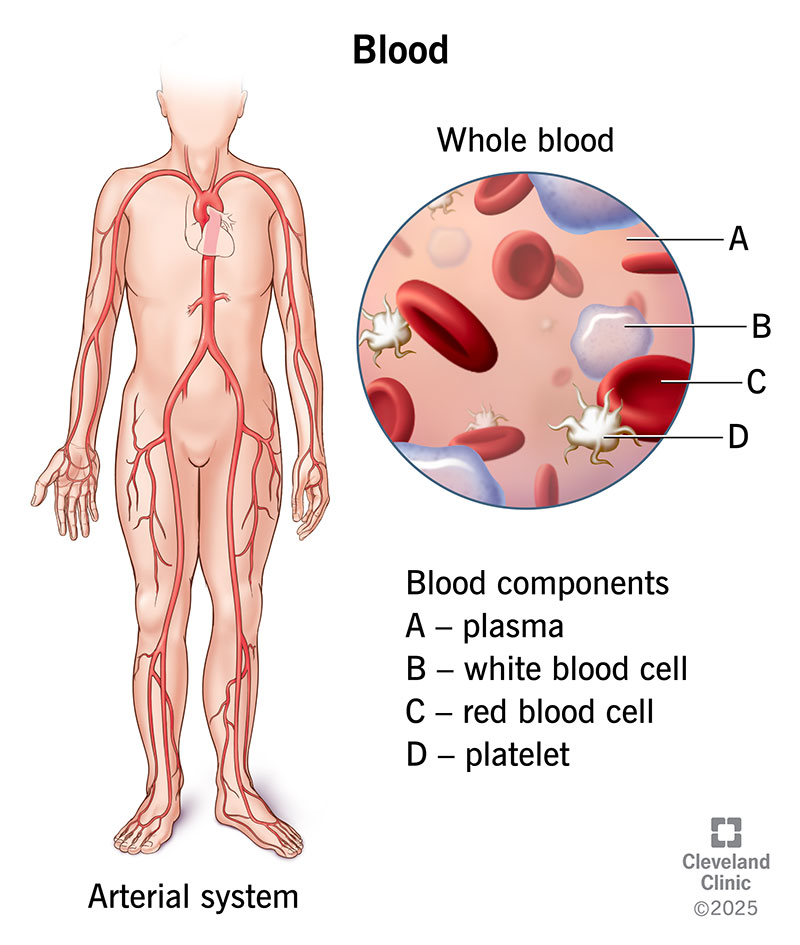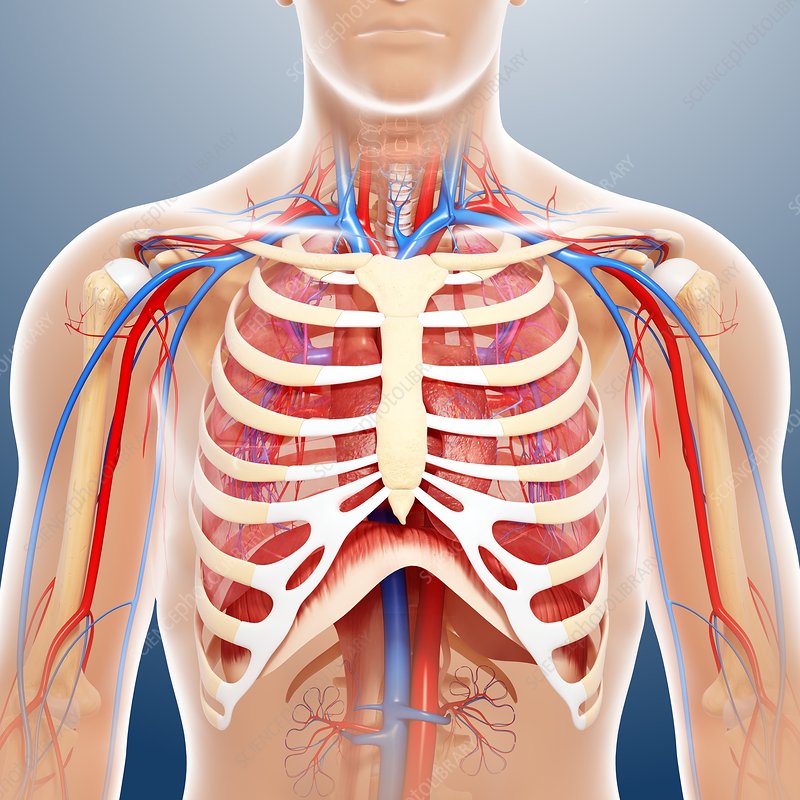Kidney disease, a condition characterized by the gradual loss of kidney function, can be a silent yet devastating health issue. The kidneys, two bean-shaped organs located in the lower back, play a vital role in filtering waste and excess fluids from the blood, regulating blood pressure, and maintaining electrolyte balance. When kidney function is compromised, waste products and toxins can accumulate in the body, leading to a range of complications, including cardiovascular disease, anemia, and bone disease. Early detection and diagnosis of kidney disease are crucial to prevent or slow disease progression, and blood tests are a crucial component of this process.
Understanding Kidney Disease: Causes and Risk Factors
Kidney disease can be caused by a variety of factors, including diabetes, high blood pressure, family history, and certain medications. People with diabetes, for example, are at increased risk of developing kidney disease due to the damage high blood sugar can cause to blood vessels in the kidneys. Similarly, uncontrolled high blood pressure can damage blood vessels in the kidneys, reducing their ability to function properly. Other risk factors for kidney disease include a family history of kidney disease, obesity, and age over 60.
The Role of Blood Tests in Diagnosing Kidney Disease
Blood tests are a critical tool in diagnosing kidney disease. By analyzing a sample of blood, healthcare providers can assess kidney function, detect potential kidney damage, and monitor the progression of the disease. The most common blood tests used to diagnose kidney disease include:
- Serum Creatinine Test: This test measures the level of creatinine, a waste product, in the blood. High levels of creatinine can indicate impaired kidney function.
- Blood Urea Nitrogen (BUN) Test: This test measures the level of urea, a waste product, in the blood. Elevated BUN levels can indicate kidney disease or other conditions, such as dehydration or heart failure.
- Estimated Glomerular Filtration Rate (eGFR) Test: This test estimates the rate at which the kidneys filter waste from the blood. An eGFR below 60 mL/min/1.73m² can indicate kidney disease.
- Electrolyte Panel: This test measures the levels of electrolytes, such as potassium, sodium, and chloride, in the blood. Abnormal electrolyte levels can indicate kidney disease or other conditions.
How Blood Tests Are Used to Monitor Kidney Disease
Blood tests are not only used to diagnose kidney disease but also to monitor the progression of the disease and the effectiveness of treatment. Healthcare providers may use blood tests to:
- Monitor Kidney Function: Regular blood tests can help healthcare providers assess kidney function and detect any changes or declines in kidney function.
- Adjust Medications: Blood tests can help healthcare providers adjust medications, such as those used to control blood pressure or diabetes, to slow disease progression.
- Detect Complications: Blood tests can help detect complications, such as anemia or bone disease, which can arise as a result of kidney disease.
Interpreting Blood Test Results: What Do the Numbers Mean?
Interpreting blood test results can be complex, and it is essential to understand what the numbers mean. For example:
- A serum creatinine level above 1.2 mg/dL can indicate kidney disease.
- A BUN level above 20 mg/dL can indicate kidney disease or other conditions.
- An eGFR below 60 mL/min/1.73m² can indicate kidney disease.
It is essential to consult with a healthcare provider to understand the results of blood tests and what they mean for individual health.
Limitations and Future Directions of Blood Tests for Kidney Disease
While blood tests are a crucial tool in diagnosing and monitoring kidney disease, they have limitations. For example:
- Blood tests may not detect kidney disease in its early stages.
- Blood tests may not provide a complete picture of kidney function.
- Blood tests may be influenced by other factors, such as age, sex, and body size.
Future research is focused on developing new biomarkers and tests that can detect kidney disease earlier and more accurately.
What are the symptoms of kidney disease?
+Kidney disease can be a silent condition, and symptoms may not appear until the disease is advanced. Common symptoms include fatigue, swelling in the legs, ankles, or feet, and changes in urination patterns.
How can I reduce my risk of developing kidney disease?
+To reduce the risk of developing kidney disease, it is essential to control blood pressure, manage diabetes, maintain a healthy weight, and avoid smoking and excessive alcohol consumption.
Can kidney disease be treated?
+Kidney disease can be treated, and treatment options depend on the underlying cause and severity of the disease. Treatment may include medication, lifestyle changes, and dialysis or kidney transplantation in advanced cases.
In conclusion, blood tests are a vital tool in diagnosing and monitoring kidney disease. By understanding the causes and risk factors of kidney disease, the role of blood tests in diagnosis, and how to interpret blood test results, individuals can take control of their health and work with their healthcare providers to prevent or slow disease progression. While blood tests have limitations, they remain a crucial component of kidney disease diagnosis and management, and ongoing research aims to develop new and more accurate tests to detect kidney disease earlier and more effectively.



